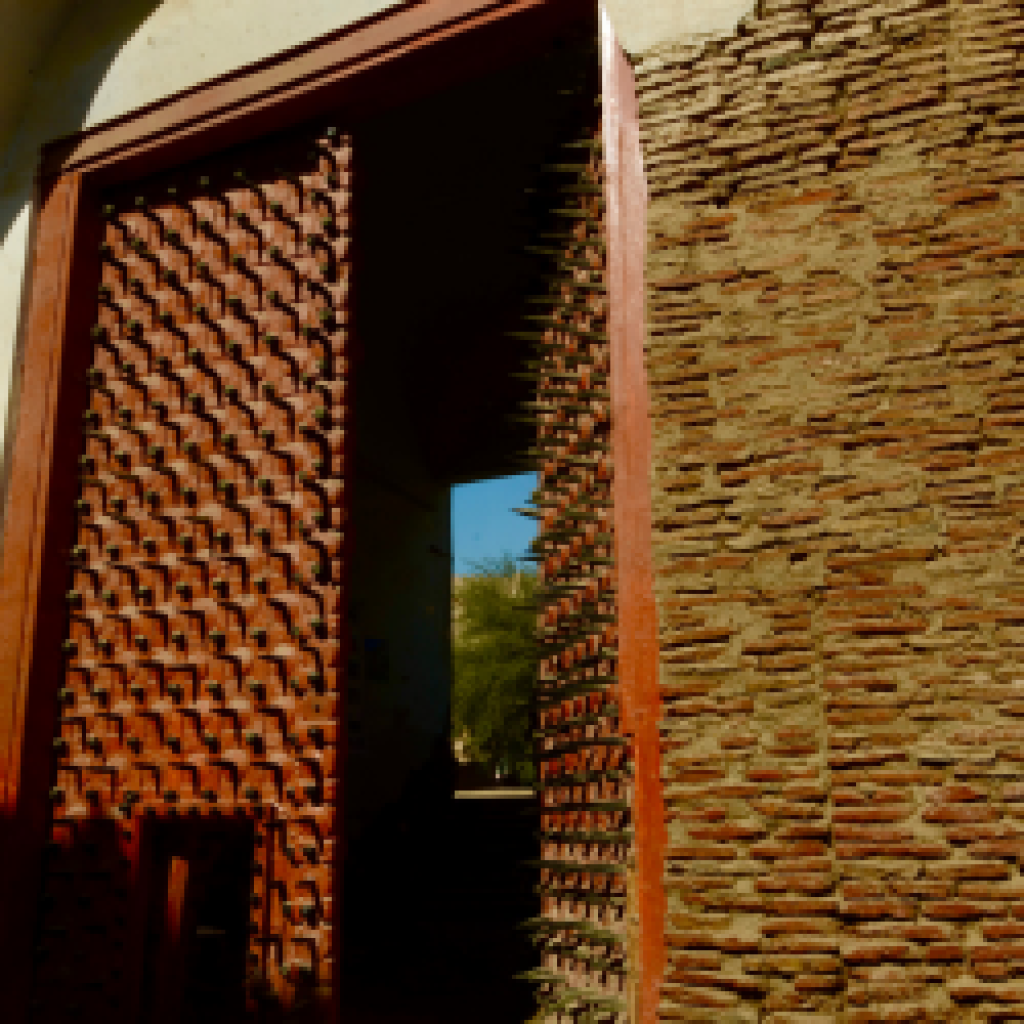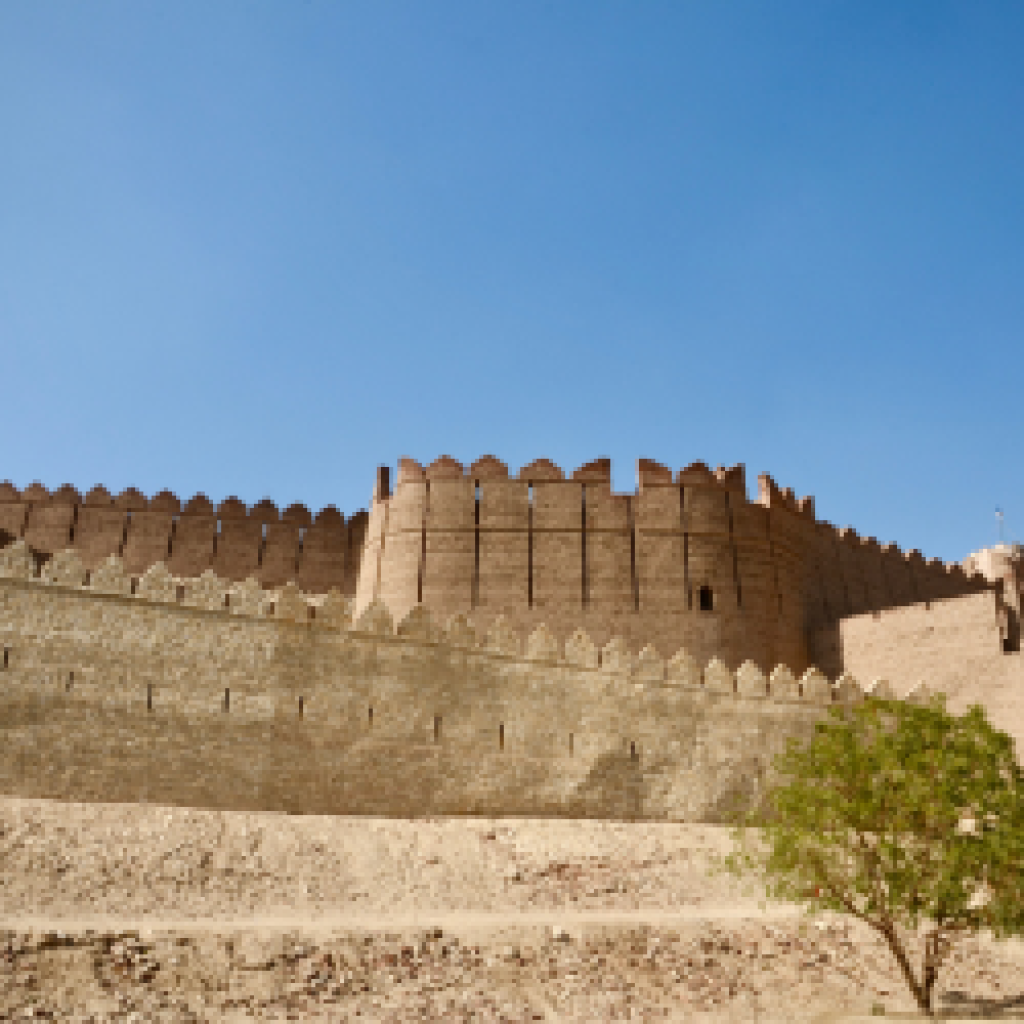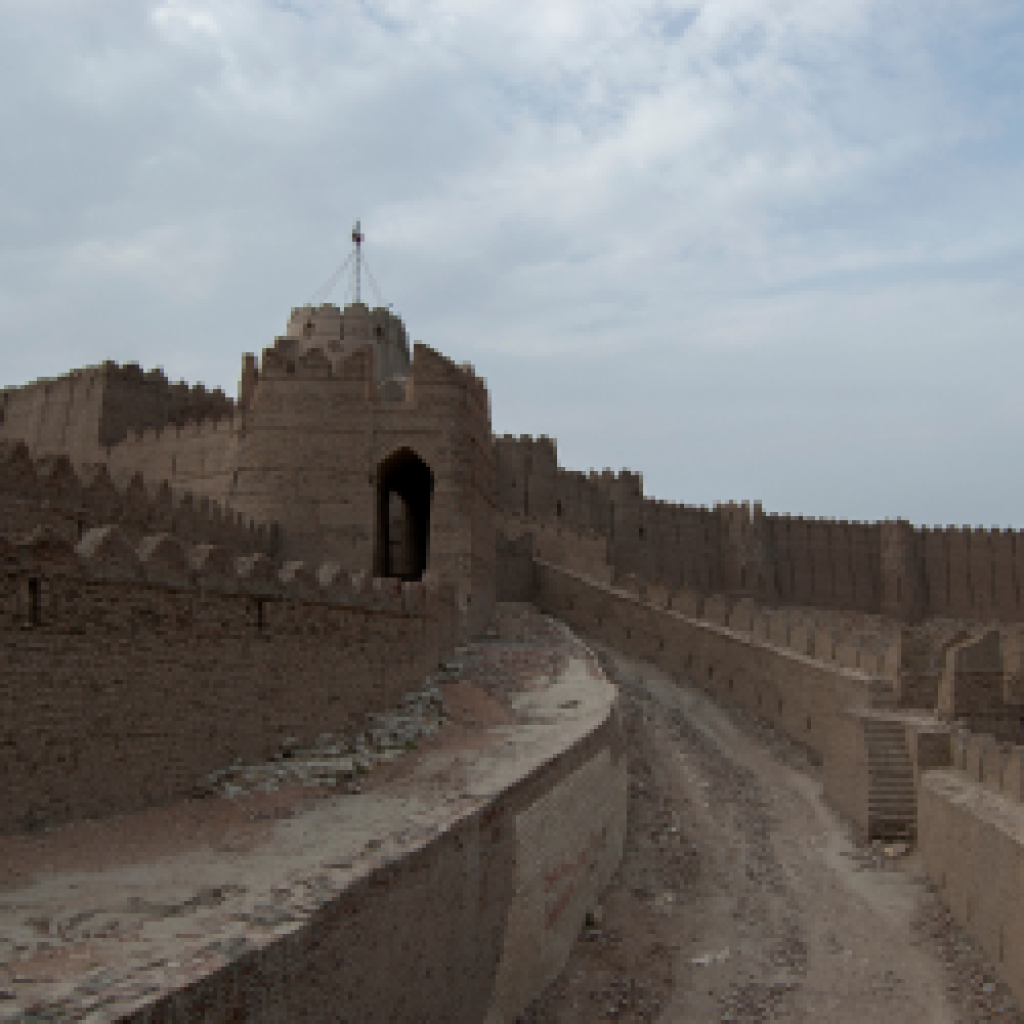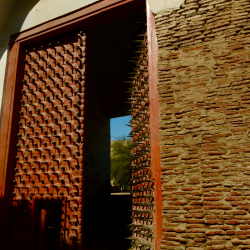Nestled along the ancient flood channel of the Indus River, 15 miles south of Khairpur in Sindh province, Pakistan, lies the Kot Diji archaeological site. This historical gem, adjacent to the modern town of Kot Diji, holds a stone rubble wall dating back to approximately 3000 BCE, encircling a citadel and numerous residences. The roots of Kot Diji trace back to the early Harappan period around 3500 BCE, enduring through the mature Harappan era (2600–1750 BCE).



Excavations in the 1950s revealed a layer of burned debris, indicating a significant fire incident in the site’s history. Unique Kot Dijian artifacts, particularly pottery, have been unearthed, showcasing a distinct local style. This archaeological treasure trove not only contributes to the understanding of the Harappan civilization but also sheds light on the resilience of Kot Diji through various periods.
The fort’s geographical significance is heightened by its proximity to other historic sites. To the east lies Mohenjo-Daro, once the largest city of the Indus civilization, represented by a group of mounds preserving its remains. Additionally, a massive hilltop fortress, crafted by Talpur ruler Sohrāb Khan in the early 19th century, stands nearby, adding layers to its’ historical narrative.
In conclusion, Kot Diji offers a captivating journey through time, unveiling the mysteries of an ancient Harappan settlement. This archaeological site not only preserves the remnants of a bygone era but also connects to neighboring historic landmarks, creating a tapestry of history waiting to be explored.


0 Comment